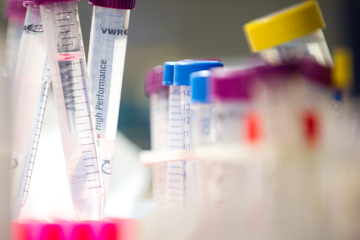Project grant
A 3D tissue model of breast morphogenesis for replacing animals in testing for endocrine disrupting substances

At a glance
Completed
Award date
October 2010 - October 2013
Grant amount
£361,919
Principal investigator
Professor Charles Vyvyan Howard
Co-investigator(s)
- Dr George McKerr
- Dr Kurt Saetzler
- Professor Ana Soto
Institute
University of Ulster
R
- Replacement
Read the abstract
View the grant profile on GtR
